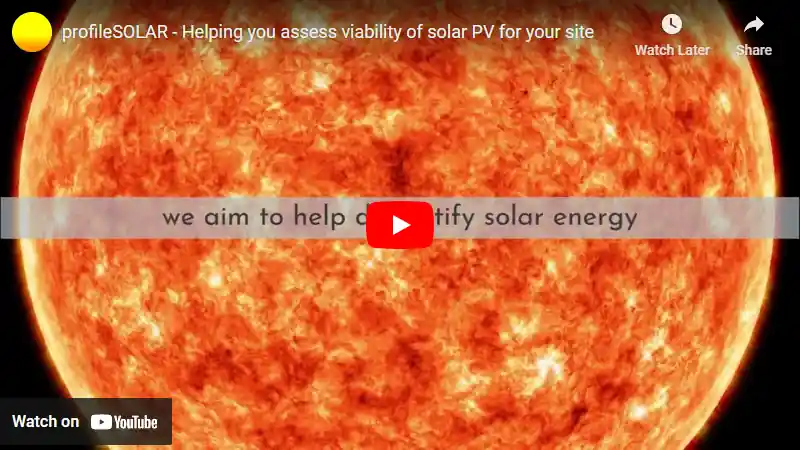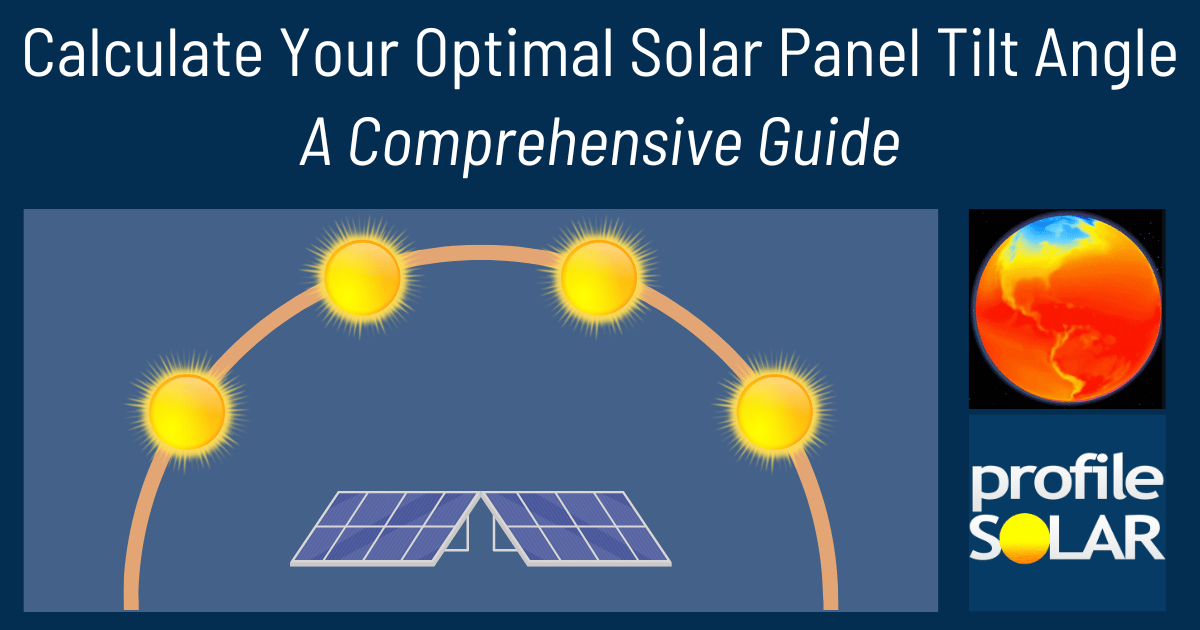

The location at Yongsan-gu, South Korea seems to be fairly good for generating solar energy throughout the year. In simpler terms, if you install a solar panel system here, it will produce different amounts of electricity depending on the season.
During summer and spring, your panels will generate quite a bit of power - around 5.53 and 5.35 kilowatt-hours per day for every kilowatt of installed solar panels respectively. This is because these seasons typically have longer daylight hours and stronger sunlight.
In autumn, the output drops slightly to about 3.73 kilowatt-hours per day due to shorter days and less intense sunlight. Winter sees the lowest production with approximately 2.95 kilowatt-hours per day as there are fewer daylight hours and more chances for snow or cloudy weather which can block sunlight from reaching your panels.
To get the most out of your solar system all year round in Yongsan-gu, you should tilt your solar panels at an angle facing southwards by about 34 degrees from horizontal level ground surface; this position helps capture maximum sunlight over course of a year considering sun's path across sky changes with seasons.
As far as environmental or weather factors that could hinder solar production in this area go:
- The winter season might pose some challenges due to fewer hours of daylight and possible snowfall that can cover up your panels reducing their efficiency.
- Air pollution levels in Seoul (where Yongsan-gu is located) can also affect how much light reaches your panels especially during times when smog levels are high.
- Buildings or trees casting shadows on your installation could also reduce its effectiveness so proper site selection is important.
Preventative measures include:
- Regularly cleaning off any dust or debris like fallen leaves from the surface of your panels especially after storms.
- Removing any snow accumulation during winter months so it doesn't block incoming light.
- If air pollution is a concern, you might consider using solar panel types that perform better under diffused light conditions.
- Lastly, when selecting where to install your panels try to avoid areas with potential shading from nearby structures or trees especially during peak sunlight hours.
Note: The Northern Temperate Zone extends from 35° latitude North up to 66.5° latitude.
So far, we have conducted calculations to evaluate the solar photovoltaic (PV) potential in 48 locations across South Korea. This analysis provides insights into each city/location's potential for harnessing solar energy through PV installations.
Link: Solar PV potential in South Korea by location
Become the exclusive sponsor for Yongsan-gu, South Korea!
Solar output per kW of installed solar PV by season in Yongsan-gu
Seasonal solar PV output for Latitude: 37.5332, Longitude: 126.9692 (Yongsan-gu, South Korea), based on our analysis of 8760 hourly intervals of solar and meteorological data (one whole year) retrieved for that set of coordinates/location from NASA POWER (The Prediction of Worldwide Energy Resources) API:




Ideally tilt fixed solar panels 34° South in Yongsan-gu, South Korea
To maximize your solar PV system's energy output in Yongsan-gu, South Korea (Lat/Long 37.5332, 126.9692) throughout the year, you should tilt your panels at an angle of 34° South for fixed panel installations.
As the Earth revolves around the Sun each year, the maximum angle of elevation of the Sun varies by +/- 23.45 degrees from its equinox elevation angle for a particular latitude. Finding the exact optimal angle to maximise solar PV production throughout the year can be challenging, but with careful consideration of historical solar energy and meteorological data for a certain location, it can be done precisely.
We use our own calculation, which incorporates NASA solar and meteorological data for the exact Lat/Long coordinates, to determine the ideal tilt angle of a solar panel that will yield maximum annual solar output. We calculate the optimal angle for each day of the year, taking into account its contribution to the yearly total PV potential at that specific location.

Seasonally adjusted solar panel tilt angles for Yongsan-gu, South Korea
If you can adjust the tilt angle of your solar PV panels, please refer to the seasonal tilt angles below for optimal solar energy production in Yongsan-gu, South Korea. As mentioned earlier, for fixed-panel solar PV installations, it is optimal to maintain a 34° South tilt angle throughout the year.
| Overall Best Summer Angle | Overall Best Autumn Angle | Overall Best Winter Angle | Overall Best Spring Angle |
|---|---|---|---|
| 21° South in Summer | 42° South in Autumn | 52° South in Winter | 31° South in Spring |
Our recommendations take into account more than just latitude and Earth's position in its elliptical orbit around the Sun. We also incorporate historical solar and meteorological data from NASA's Prediction of Worldwide Energy Resources (POWER) API to assign a weight to each ideal angle for each day based on its historical contribution to overall solar PV potential during a specific season.
This approach allows us to provide much more accurate recommendations than relying solely on latitude, as it considers unique weather conditions in different locations sharing the same latitude worldwide.
Topography for solar PV around Yongsan-gu, South Korea
Yongsan-gu is a district located in Seoul, the capital city of South Korea. The topography of this region is primarily urban with high-rise buildings, commercial establishments, and residential apartments. It also has some hilly areas as part of the terrain.
As for solar PV installations, it would be challenging to find large open spaces within Yongsan-gu due to its dense urban development. However, there are still opportunities for solar energy generation:
1) Rooftop Solar Installations: Given the high number of buildings in Yongsan-gu, one potential area for large-scale solar PV installation could be building rooftops. This includes both residential and commercial buildings.
2) Floating Solar Farms: If there are any significant bodies of water nearby (like reservoirs or lakes), floating solar farms could be an option.
3) Wall-mounted Solar Panels: In densely populated areas like Yongsan-gu where space is at a premium, wall-mounted panels on the sides of buildings can also generate electricity.
4) Public Spaces and Infrastructure: Parks or public facilities with available space can also host solar installations without significantly impacting their primary use. Additionally, infrastructure such as parking lots or railway sidings might have potential for overhead solar panel installations.
For larger scale ground-mounted PV systems requiring vast open spaces with good sun exposure throughout the day (e.g., farmland or grassland), you may need to look outside of Yongsan-gu into more rural regions around Seoul.
Please note that all these suggestions should consider factors like local regulations about renewable energy projects and impact on aesthetics/urban landscape among others before implementation.
South Korea solar PV Stats as a country
South Korea ranks 8th in the world for cumulative solar PV capacity, with 18,161 total MW's of solar PV installed. This means that 3.80% of South Korea's total energy as a country comes from solar PV (that's 21st in the world). Each year South Korea is generating 350 Watts from solar PV per capita (South Korea ranks 9th in the world for solar PV Watts generated per capita). [source]
Are there incentives for businesses to install solar in South Korea?
Yes, there are incentives for businesses wanting to install solar energy in South Korea. The Korean government offers a variety of financial incentives and subsidies for businesses that install solar energy systems. These include tax credits, grants, loans, and other forms of support. Additionally, the government has implemented a feed-in tariff system which guarantees a fixed price for electricity generated from renewable sources such as solar power. This helps to make the installation of solar energy systems more attractive to businesses by providing them with a guaranteed return on their investment.
Do you have more up to date information than this on incentives towards solar PV projects in South Korea? Please reach out to us and help us keep this information current. Thanks!
Feeling generous?

Share this with your friends!


Compare this location to others worldwide for solar PV potential
The solar PV analyses available on our website, including this one, are offered as a free service to the global community. Our aim is to provide education and aid informed decision-making regarding solar PV installations.
However, please note that these analyses are general guidance and may not meet specific project requirements. For in-depth, tailored forecasts and analysis crucial for feasibility studies or when pursuing maximum ROI from your solar projects, feel free to contact us; we offer comprehensive consulting services expressly for this purpose.
Helping you assess viability of solar PV for your site
Calculate Your Optimal Solar Panel Tilt Angle: A Comprehensive Guide
Enhance your solar panel's performance with our in-depth guide. Determine the best tilt angle using hard data, debunk common misunderstandings, and gain insight into how your specific location affects solar energy production.







